Cabinet
The fan is made of UV-resistant polypropylene. The fan includes a canopy and mounting base. A protective grille is placed on the discharge.
Running wheel
is radial with forward curved blades and made of polypropylene.
Motor
asynchronous with short armature, grease-filled ball bearings for life. Motor out of air stream. Operating temperature -10 to +60 °C. Insulation class F, protection class IP55.
Clamps
is located on the motor.
Mounting
is carried out on the mounting base included with the fan. The fan is started when connected to the pipe network for which it is intended, with the intake or discharge closed if necessary, so as to avoid overloading the fan. After start-up, the correct direction of rotation of the impeller must be checked and the current must be measured and must not exceed the rated current of the fan. If the current values are higher, the ductwork alignment must be checked. An overcurrent relay or other suitable motor protection must be included in the fan supply. If the motor overloads, the thermal protection will open the contactor control circuit and disconnect the fan motor. If this motor thermal protection is operating, it usually indicates an abnormal operating mode. In this case, it is necessary to check the piping network alignment and check the electrical parameters of the motor and wiring. If the fans are operated without this protection, the claim for a damaged motor is void. The enclosure must not transmit mechanical stresses from the pipework. A flexible connection to the ductwork must be used.
Instructions
Fans are suitable by their design for long ductwork in various process and air handling applications, in the chemical industry, petrochemical industry and laboratories. They are not suitable for the extraction of wood dust and grit, or other flammable or explosive mixtures.
Warning
The exact chemical composition of the substances to be conveyed must be determined when designing, and in case of uncertainty, the manufacturer should be consulted for suitability of the fan. The same rules apply for fan design as for all radial fans with forward curved blades.



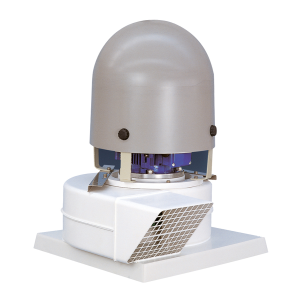
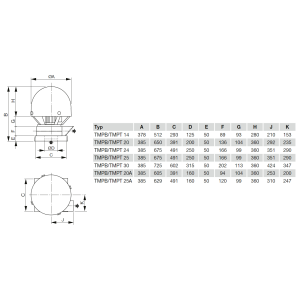


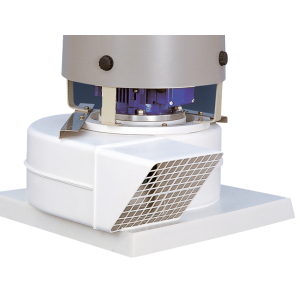
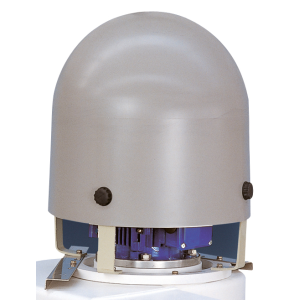
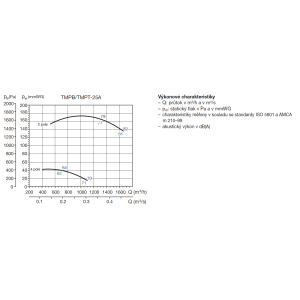
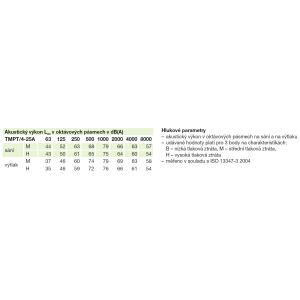
 Share on Facebook
Share on Facebook Tweet
Tweet Send email
Send email